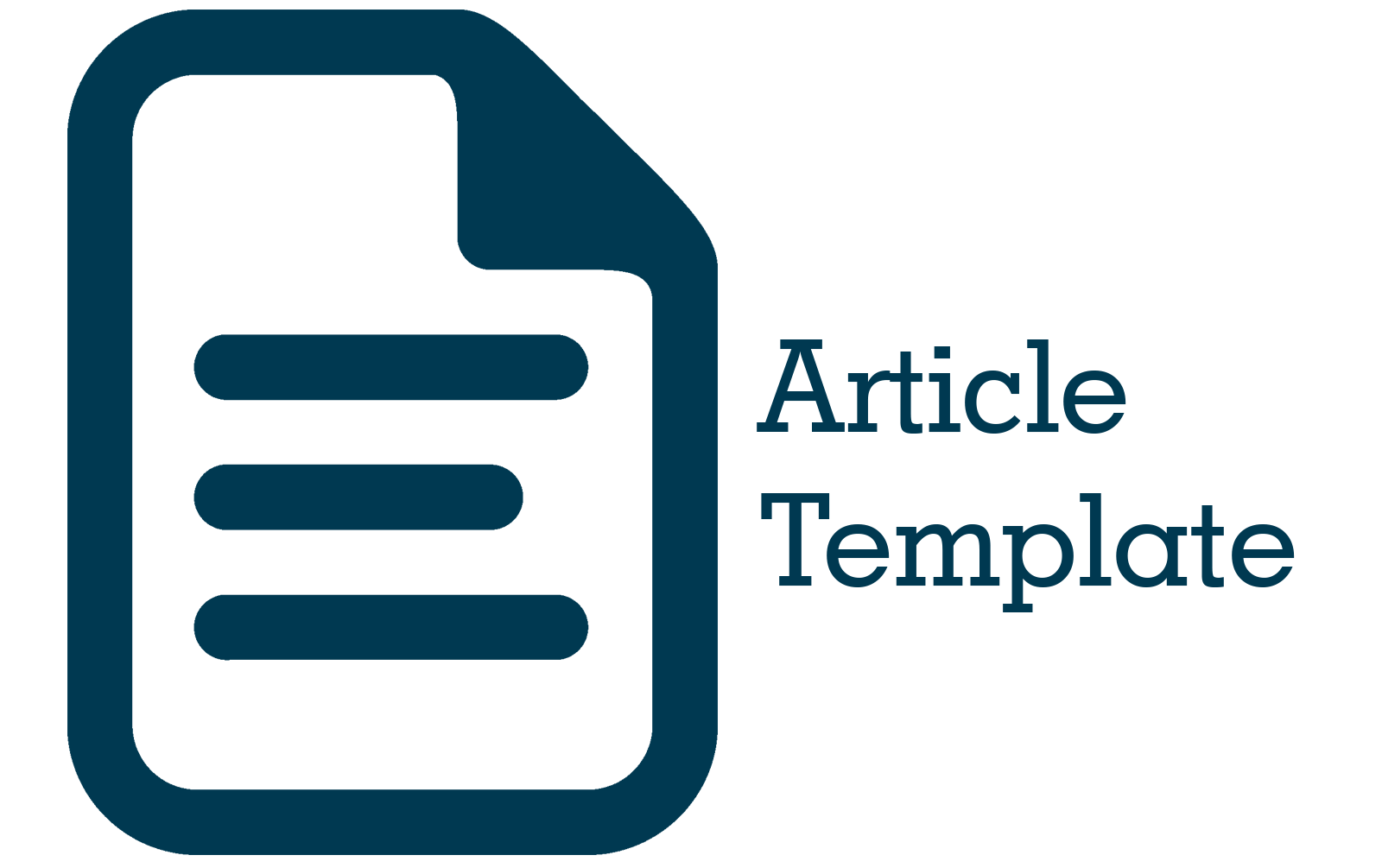Implementasi Sistem Informasi Warehouse Management Berbasis Enterprise Resource Planning (ERP) pada Gudang Hammerstout Denim Company
Abstract
Abstract. Hammerstout Denim Company is a brand company from Bandung that specializes in youth fashion. In adding stock items, there is often an error in the stock of goods in the online store with warehouse data where the stock inventory available in the online store is not the same as the warehouse data. This difference is thought to be due to the receipt of information from the warehouse to the online admin still using different document data and excel data. So that a database is needed in the company's warehouse management activities. Then an ERP (Enterprise Resource Planning) system is needed to integrate every part of the company. The FAST method (Framework for Application of Systems Thinking) is a system development method used to design information systems through a sequential process. This method can be applied to various projects and strategies with a flexible framework. The results of the ERP system implementation design are carried out using Odoo software which is customized by Iziapp.Id developers with the modules used are Marketplace, Sales, Accounting, Inventory, and Point Of Sales modules. Conducting black box testing to test the application according to the company's needs. Calculating Return on Investment (ROI) by comparing the net profit from ERP investment with the costs incurred for implementation of 37%. The results of research on system requirements are adjusted to functional requirements, the results of functional requirements have all been fulfilled according to system requirements.
Abstrak. Hammerstout Denim Company merupakan perusahaan brand asal Bandung yang bergerak di bidang fashion anak muda. Dalam melakukan penambahan stok barang seringkali terjadi kesalahan pada stok barang di toko online dengan data gudang dimana persediaan stok yang tersedia di toko online tidak sama dengan data gudang. Perbedaan ini diduga karena penerimaan informasi dari gudang ke admin online masih menggunakan data dokumen dan data excel yang berbeda. Sehingga diperlukan database dalam aktivitas manajemen gudang perusahaan. Kemudian sistem ERP (Enterprise Resource Planning) diperlukan untuk mengintegrasikan setiap bagian pada perusahaan. Metode FAST (Framework for Application of Systems Thinking) merupakan metode pengembangan sistem yang digunakan untuk merancang sistem informasi melalui proses yang berurutan. Metode ini dapat diterapkan pada berbagai proyek maupun strategi dengan kerangka kerja yang fleksibel.Hasil rancangan implementasi sistem ERP dilakukan dengan menggunakan software Odoo yang di kostumisasi oleh developer Iziapp.Id dengan modul-modul yang digunakan adalah modul Marketplace, Sales, Accounting, Inventory, dan Point Of Sales. Melakukan pengujian black box supaya menguji aplikasi tersebut sesuai dan berhasil dengan kebutuhan perusahaan. Menghitung Return on Investment (ROI) dengan membandingkan keuntungan bersih dari investasi ERP dengan biaya yang dikeluarkan untuk implementasi sebesar 37%. Hasil penelitian kebutuhan sistem disesuaikan dengan kebutuhan fungsional, hasilnya kebutuhan fungsional sudah terpenuhi semua sesuai dengan kebutuhan sistem.
References
W. , F. F. , R. A. N. , dan I. A. Warjiyono, Metode FAST & Framework PIECES : Analisis & Desain Sistem Informasi Penjualan Berbasis Website. Indonesian Journal on Software Engineering (IJSE), 6th ed., vol. 2. Bandung: Linda Karya 2003, 2020.
W. Bentley, System analysis and design for the global enterprise., 7th ed. New York: McGraw-Hill, 2007.
S. Wibisono, Enterprise Resource Planning (ERP) Solusi Sistem Informasi Terintegrasi, vol. 10. Jurnal Teknologi Informasi DINAMIK, 2005.
A. A. Adiyatama, O. Rukmana, and A. A. Nurrahman, “Rancangan Implementasi Sistem ERP (Enterprise Resource Planning) Menggunakan Software Odoo pada CV Nur Rahmat Teknik,” Bandung Conference Series: Industrial Engineering Science, vol. 3, no. 1, Jan. 2023, doi: 10.29313/bcsies.v3i1.6357.
R. S. Pressman, Rekayasa Perangkat Lunak Pendekatan Praktisi. Yogyakarta: Andi, 2012.
R. E. Indrajit, Analisa cost-benefit investasi teknologi informasi. Modul Pembelajaran Berbasis Standar Kompetensi dan Kualifikasi Kerja, 2nd ed. [e-book] Preinexus, 2016.











